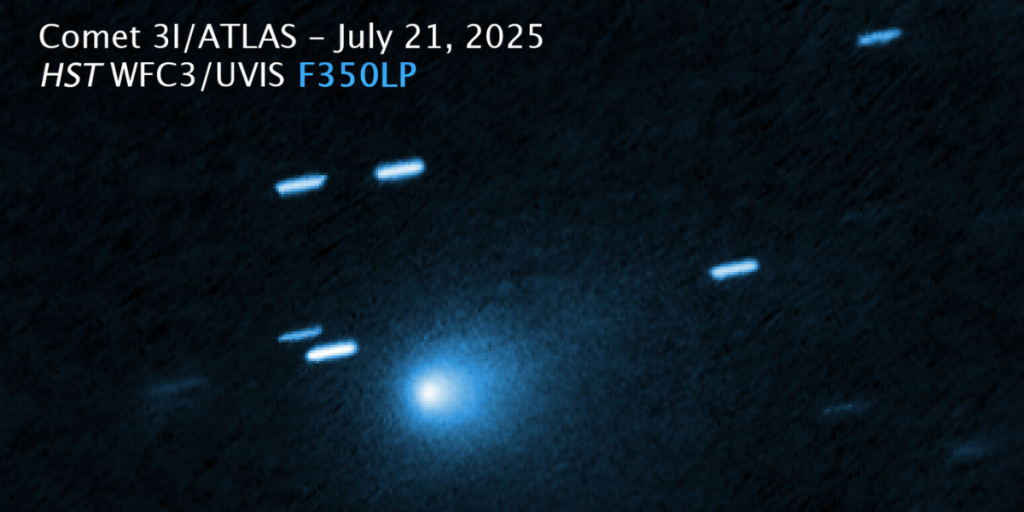Physicist Avi Loeb is adamant 3I/ATLAS could still be a spacecraft despite NASA quashing speculation.
Others are reading now
A Harvard astrophysicist is challenging NASA’s framing of a fast-approaching interstellar object, urging the public to keep an open mind.
The debate reignited after the agency dismissed speculation that 3I/ATLAS might be an alien craft.
NASA officials told reporters this week that the object is a standard comet, but not everyone in the scientific community agrees.
NASA’s message
During a Wednesday press briefing, NASA scientists said 3I/ATLAS behaves like a typical comet, shedding dust and gas as it moves through the solar system. The agency stated it found no evidence supporting online theories about extraterrestrial technology.
However, Harvard University’s Avi Loeb argued on his website that the agency focused too heavily on familiar explanations.
Also read
He said: “NASA’s representatives should have emphasized what we do not understand about 3I/ATLAS rather than insist that it is a familiar comet from a new birth environment.”
Loeb noted that even a spacecraft coated with dust and interstellar ice “could have also developed an outer layer of dust mixed with ices that sublimate when illuminated by sunlight.”
Alternative possibilities
The physicist cautioned against “judging a book by its cover,” invoking the Trojan Horse as a reminder not to overlook unconventional interpretations of unusual data. He pointed to mass estimates and jet activity around 3I/ATLAS as lingering anomalies.
According to Loeb, such jets “could reveal fragments from an iceberg that broke up or mini-probes released by a technological mothership.” He suggested that if the object were artificial, probes might be directed toward planets including Earth and Mars.
Loeb wrote that clearer answers could arrive when the object makes its close approach on December 19, 2025. “We should know the answer by the time 3I/ATLAS is closest to Earth… a gift of new interstellar knowledge for the holidays,” he said.
Also read
Scientific perspectives
NASA researchers offered a different sense of awe. Dr. Tom Statler, the agency’s lead scientist for solar system small bodies, said the object may have originated from “a very old solar system.” He told reporters that such a possibility “gives me goosebumps… because that means that 3I/ATLAS is not just a window into another solar system, it’s a window into the deep past.”
The discussion has drawn wide public attention, amplified by commentary from figures including Elon Musk. For now, scientists stress that more data will emerge as the object continues its journey inward.
Loeb encouraged readers to remain open to surprises. “Life is worth living if we allow for the unexpected to surprise us,” he wrote, contrasting his view with what he called “bureaucrats or unimaginative scientists.”
Sources: NASA press briefing; Daily Star


